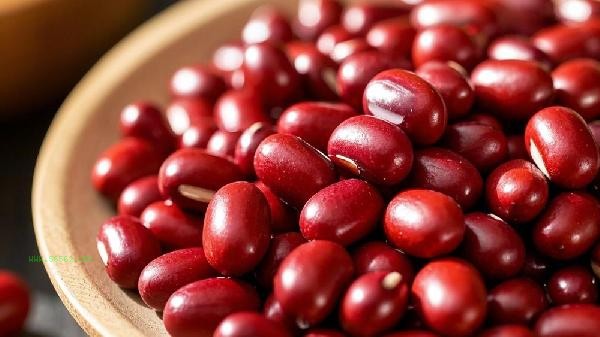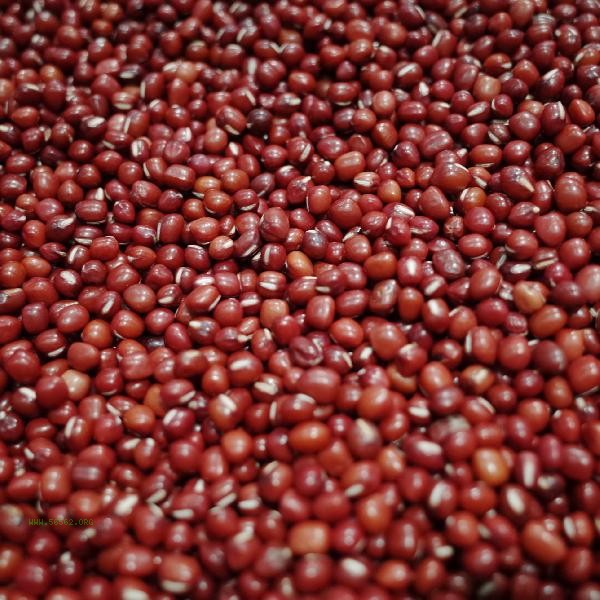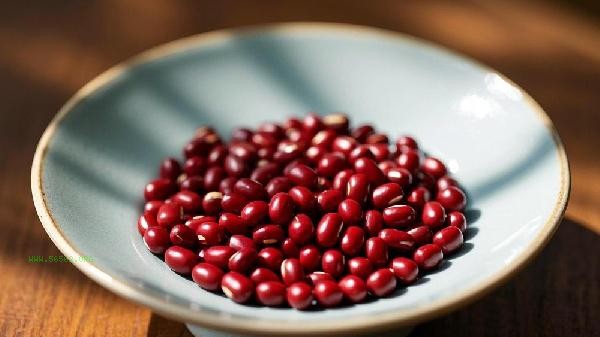Red beans turning green when boiled in water is a normal phenomenon, which may be related to factors such as water quality acidity, red bean variety, anthocyanin oxidation, container material, cooking time, etc.

1. Water pH
Red bean skin contains natural anthocyanins, which appear blue-green in weakly alkaline water. In northern regions, tap water is mostly weakly alkaline, and anthocyanins undergo color reactions when boiled with alkali. Using pure water or adding a small amount of white vinegar to adjust the acidity and alkalinity can maintain the red color.
2. Red Bean Varieties
There is a significant difference in anthocyanin content between adzuki beans and red adzuki beans, and the skin pigments of adzuki beans are more easily dissolved. Some hybrid varieties have insufficient pigment stability during the cultivation process, and the molecular structure of pigments changes during high-temperature cooking, resulting in discoloration.
3. Anthocyanin oxidation
Prolonged open boiling can cause anthocyanins to oxidize upon contact with air, resulting in a gradual change in color from rose red to bluish gray. It is recommended to reduce the heat and cover the pot after boiling, and control the cooking time within one hour to avoid continuous high temperature damage to the pigments.

4. Container Material
Iron pots or utensils with high iron content will undergo chelation reaction with anthocyanins to produce dark substances. Ceramics or glassware can better maintain their original color, and new iron pots need to be fully oxidized to form a protective layer before use.
5. Cooking time
Long term stewing for more than two hours can cause complete decomposition of pigments. Soaking red beans in cold water for three hours can shorten the cooking time. Electric pressure cookers for fast cooking can reduce pigment loss. Green red bean water does not affect food safety and still retains nutrients such as dietary fiber and B vitamins. If you pursue visual aesthetics, you can soak the red beans in advance and change the neutral water quality, then use a clay pot to simmer slowly over low heat. It is recommended to pair daily consumption with ingredients such as Job's tears and lotus seeds to balance nutrition. For those with weak digestive function, it is advisable to filter the bean skin before drinking. When storing, it should be refrigerated and consumed within two days to avoid continuous oxidation and degradation of nutrients.









Comments (0)
Leave a Comment
No comments yet
Be the first to share your thoughts!